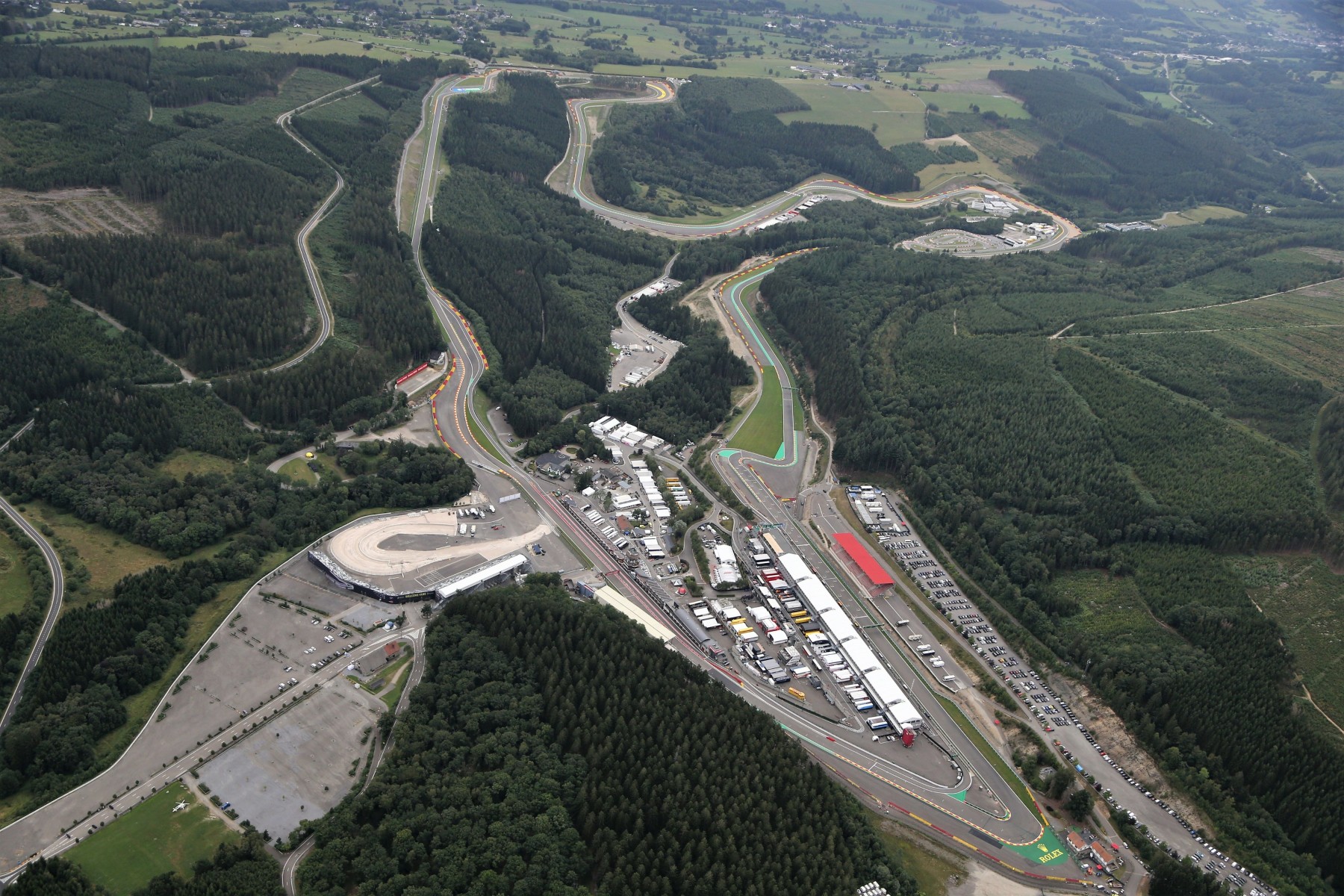F1 Belgian GP Preview
The F1 teams are raring to get back to action after the summer hiatus with the legendary Circuit de Spa-Francorchamps the venue for the Belgian Grand Prix, Round 12 of the FIA Formula 1 World Championship. The Circuit de Spa-Francorchamps is among sport’s most recognizable venues and is this year celebrating its centenary.
Baron Joseph de Crawhez and Henri Langlois van Ophem thought that the triangle formed by routes 23, 32 and 440 – connecting the villages of Francorchamps, Malmedy and Stavelot – would provide a fantastic course, winding its way through the contours of the verdant Ardennes Forest.
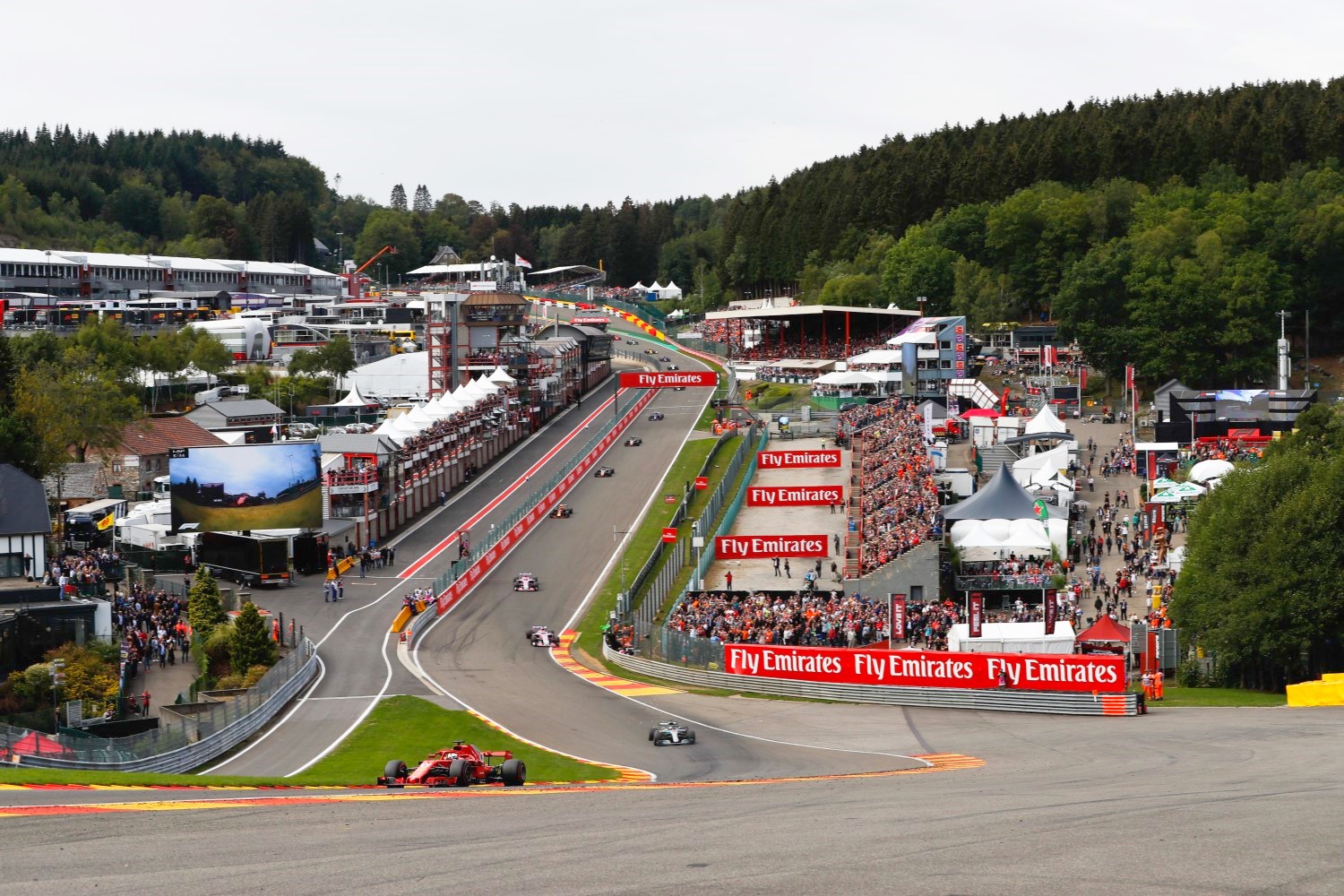
The first race, in August 1921, was held for motorcyclists but a year later sufficient automobiles were registered for the Belgian Grand Prix to be inaugurated. Those roads were eventually tarmacked in 1928, and in 1950 the 14km road circuit was included on the first Formula 1 world championship season.
Only Monza, Monaco and Silverstone have hosted more rounds than Spa-Francorchamps’ 53. The current Spa-Francorchamps layout, most recently modified in 2007, remains a fearsome challenge and is a favorite among the Formula 1 paddock.
At 7.004km it is the longest circuit on the calendar and features fast and sweeping curves such as Pouhon, Blanchimont and the Eau Rouge/Raidillon complex, a waterfall of asphalt which the drivers ascend at full-throttle.
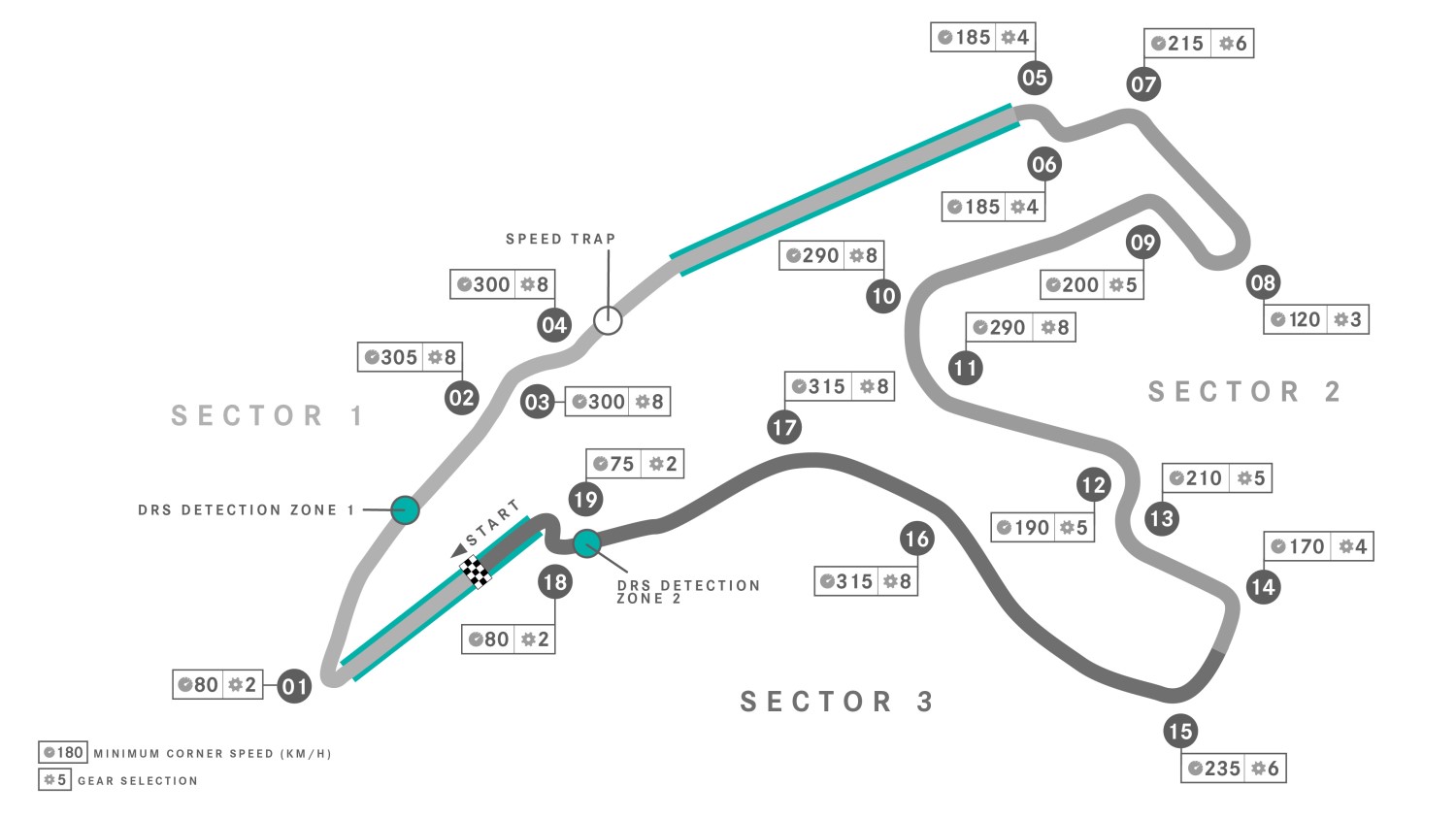
Not only is the circuit a test for drivers but it also provides a trial for teams owing to the varying characteristics, with a power-heavy first and third sectors counteracted by a downforce-reliant lengthy middle sector. Teams also face a challenge that has been ever-present throughout Spa-Francorchamps’ 100-year history: the weather. Its location within the Ardennes Forest means conditions can change, even corner-by-corner.
Winningest Drivers
A Mercedes works team has won at Spa-Francorchamps on five previous occasions, three of these victories having gone to Lewis Hamilton (2015, 2016, 2020) in a works Silver Arrow, and one each to Nico Rosberg (2016) and Juan Manuel Fangio (1955).
The driver who has the most winner’s trophies from the Belgian Grand Prix is Michael Schumacher (six victories), followed by Ayrton Senna (five), Jim Clark, Kimi Räikkönen and Lewis (four each).
The most successful team in this event is Ferrari on 18 wins, ahead of McLaren (14) and Lotus (eight). The absolute lap record is 1:41.252 minutes, set by Lewis Hamilton on his pole lap last year. The fastest race lap is held by Valtteri Bottas in a time of 1:46.286 minutes clocked in the 2018 season
Unlocking the lap
A good exit out of the Bus Stop chicane is essential to begin a lap at Spa, helping drivers reach speeds of 280km/h (173mph) as they pull to the left-hand side to maximize the approach and exit of a very tight right-hand hairpin.
Car set-up usually favors low downforce due to the high-speed nature of Spa, meaning it is very easy to lose the car here and ruin a lap before it has even begun.
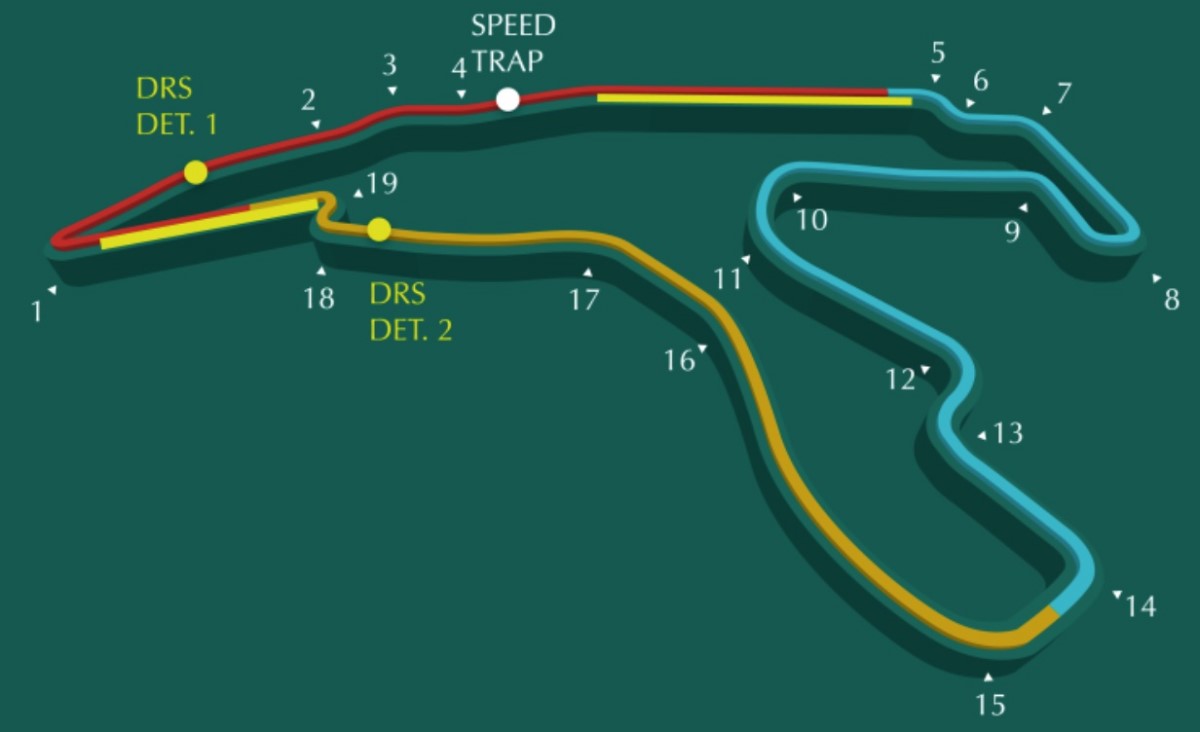
Exit is key as it’s a long downhill run to Eau Rouge and a key overtaking spot because it’s a slipstreaming battle down to the bottom of the hill.
Modern Formula One cars can take Eau Rouge completely flat and speeds will reach 310km/h (192mph) at the bottom of the corner as drivers surge uphill, cresting at 300km/h (186mph) after the left-right-left flick.
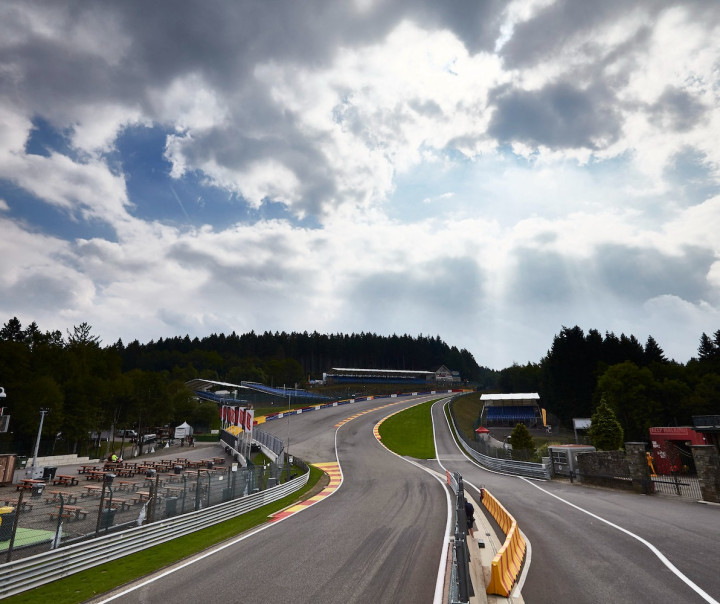
The high speeds continue as drivers line up for the Kemmel Straight, a gradual incline and the lengthiest straight on the track at 770 meters long.
It is another key overtaking spot ahead of a late brake, roughly at the 70m line, for the Les Combes chicane, which is taken in fourth gear at around 160km/h (99mph).
The left-right flick is another challenge in low downforce spec and has often been the scene of collisions in the Grand Prix.
Drivers climb onto the curb on the exit and power downhill to Bruxelles, trying to avoid locking up on deceleration.
A tight line is key for the double left-hander of Pouhon, a near flat-out corner taken at 270km/h (167mph), maximizing every inch of track surface through the turn.
A high-speed slaloming run through Campus and Stavelot is next, taken in fifth gear and a middle-of-the-road line initially to maximize the latter corner and the following Turn 16.
Turn 16 is also a corner that’s become flat-out in a modern Formula One car and precedes the long, high-speed curve through Blanchimont, reaching 315km/h (195mph) before the Bus Stop chicane.
It’s a bumpy entry and off-camber so it’s easy to lock up and/or lose the rear here. Good traction is key to ending the lap strongly.
Season So Far
Red Bull have continuously proven a thorn in champions Mercedes’ side throughout the first half of 2021, and Max Verstappen would desperately like to win in Spa for the first time.
Though the young Dutchman will finally be able to enjoy a home Grand Prix next week, he always gets a massive following when the F1 circus heads to Belgium, and he will be grateful for that support this weekend.
Red Bull suffered catastrophic races in Silverstone and Budapest, scoring just two points over both races, following contact with Mercedes cars on both occasions. The Silver Arrows and Lewis Hamilton have thus taken advantage to lead both championships entering round 12 of the season.
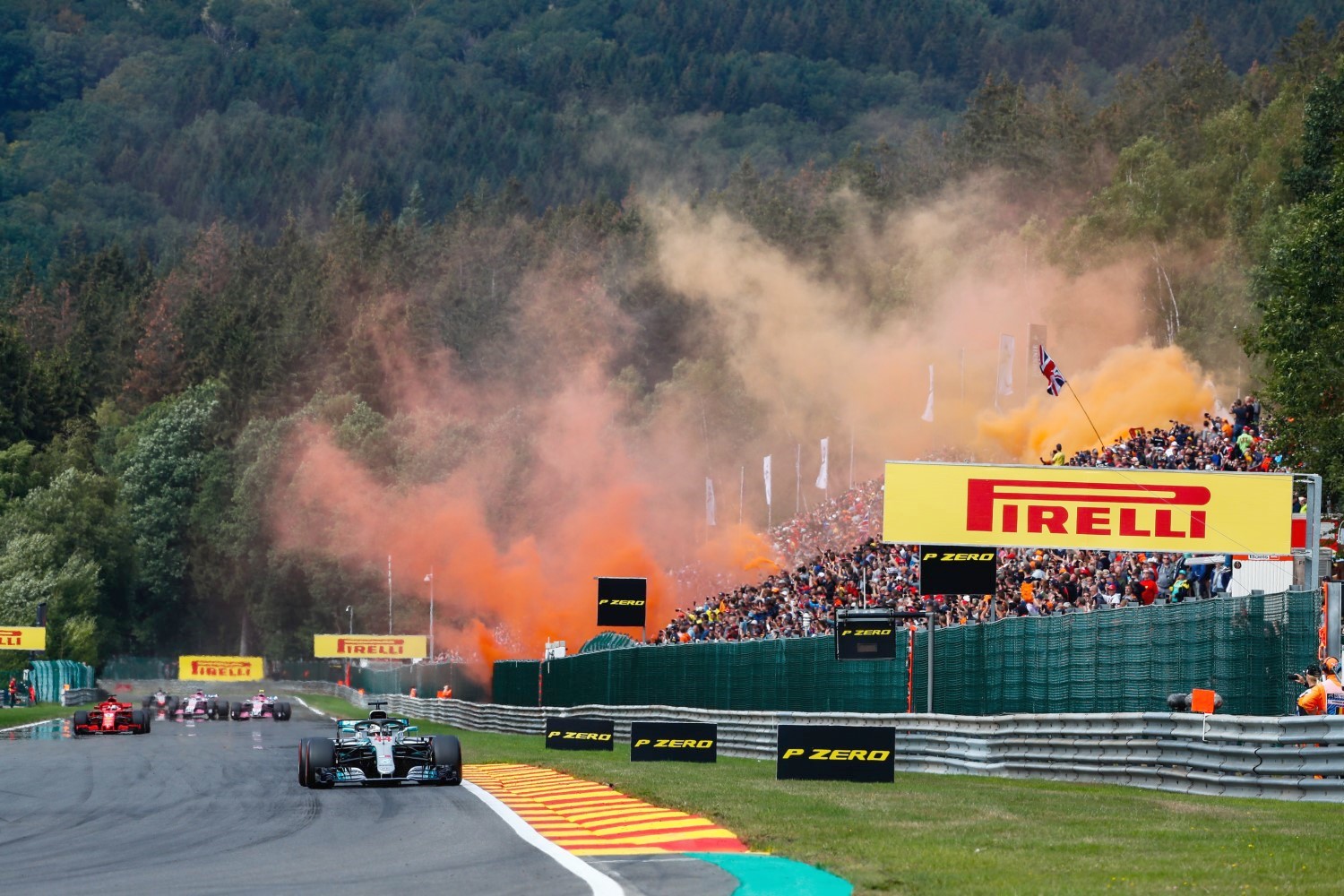
And so it seems that a win has rarely been so predominant on the Austrian team’s list of priorities, so get set for a superbly competitive weekend of action.
This is amplified by what is quite simply one of the most remarkable and stunning racetracks in the history of the F1 championship, with a powerful first and third sector, sandwiching a tight, twisty middle sector that has always extracted immense skill and bravery from our drivers.
It thus gives us an exciting prospect in what has become in incrementally more competitive midfield as the year has progressed, with McLaren and Ferrari dead even on points following Carlos Sainz’s post-race podium in Hungary; a further 85 points separates them from fifth-placed Alpine.
Sebastian Vettel was stripped of said podium following a disqualification for a fuel infringement four weeks ago, as the three-time winner in Belgium seeks to claim his second podium with his new team.

Fact File: Belgian Grand Prix
- Spa-Francorchamps is F1’s longest track with a lap distance of 7.004 kilometers, and therefore the Belgian Grand Prix has the lowest number of race laps, with only 44.
- The long lap distance at Spa throws up a few unique challenges, for example if a car suffers damage early in the lap, it’s a long way back to the pits. The weather is also very changeable, and conditions can vary from corner to corner. A longer lap also means teams can’t fit as many laps into their practice and qualifying run plans, and therefore the drivers have fewer opportunities to practice each corner and find the limit.
- The 5.3g lateral forces experienced by the drivers through Pouhon (Turn 10) at Spa-Francorchamps are the highest of the season.
- Drivers have their foot firmly planted on the throttle for almost 23 seconds and 1,875 meters of the track layout at Spa, from La Source (Turn 1) to the braking zone for Les Combes (Turn 5). The flat-out run from Turn 14 to Turn 18 is slightly shorter.
- Because of the long run to Turn 5, the exit of La Source is one of the most important sections of the lap, especially on the first lap when the field is bunched up. The corner is very cambered, so it is easy to lock up the front-right tire and make a mistake.
- Spa-Francorchamps has the biggest elevation change in F1, with around 100 meters difference between the highest point (Les Combes, Turn 7) and the lowest point (Stavelot, Turn 15).
- The drivers and cars go through a heavy compression of forces as they navigate the Eau Rouge and Raidillon section (Turns 2 and 3), because of the downhill entry and uphill exit. The drivers are travelling nearly at Vmax (maximum velocity of the car), pretty much going as fast as the car can go at the end of that straight, before heading through this section. This means there is 3g of vertical compression.
- Because of the compression through Eau Rouge and Raidillon, considerations and changes do need to be made to the car set-up. For example, the front ride height needs to be picked up to deal with the forces experienced through the tires and suspension.
- The tow at Spa-Francorchamps is very powerful due to the long straights, particularly the blast from Raidillon to Les Combes. On the first lap this is even more powerful, because drivers chasing can pick up a tow from multiple opponents.
- The run from pole to the first braking zone is the third shortest on the 2021 F1 calendar, at just 163 meters – over five times shorter than the longest, Sochi (890 meters).
- 82% of the lap distance at Spa is taken at full throttle, the second-highest percentage of any F1 track on the 2021 calendar. Only Monza has a higher percentage taken at full throttle, with 85%.
- Drivers change gear 44 times during a lap of the Belgian GP venue, which is one of the lower figures on the 2021 schedule. This is mainly because a large chunk of the lap is covered at full throttle or in top gear. Plus, most corners that require gear changes come in groups, such as Turns 5 to 7. So, over the length of the lap, only six sets of gear changes are required.
- The first and third sectors at Spa feature long straights and flat-out sections, but the second sector is much more twisty. This makes it challenging to find the right balance and set-up compromise, particularly with the wing level. A bigger wing will gain time in the middle sector but leave you vulnerable on the straights, while a smaller wing will provide less drag for the flat-out sections but not providing the same level of grip in the twisty corners.
- Because of the track’s history and iconic corners, this is one of the few tracks in F1 where engineers tend to refer to the turns by name rather than number.
